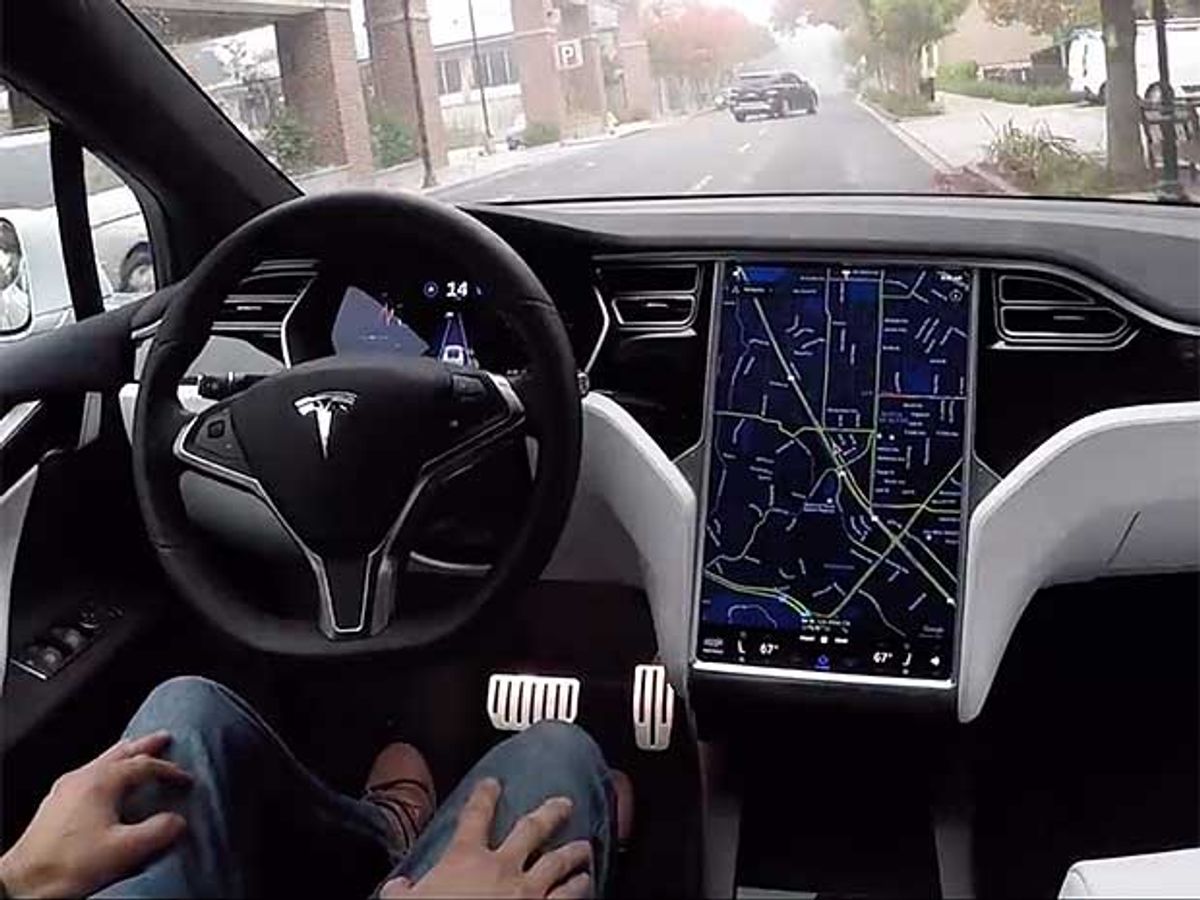Not only does the U.S. road safety regulator clear Tesla’s AutoPilot for any responsibility in causing a fatal crash in May 2016, the agency even credits the system for reducing crashes by 40 percent overall.
In the report, released yesterday [pdf], the National Highway Transportation Administration said that the crash—a side collision in an intersection between a Tesla Model S and a truck—was due to driver distraction that lasted for at least 7 seconds. It concluded the automatic emergency braking system (AEB) was not to blame because it hadn’t been designed for such a scenario.
“AEB systems used in the automotive industry through Model Year 2016 are rear-end collision avoidance technologies that are not designed to reliably perform in all crash modes, including crossing path collisions,” the report said.

More important, NHTSA said that Autosteer, another element in Tesla’s driver-assistance package, had reduced crashes by nearly 40 percent. Before installation of Autosteer there were 1.3 crashes involving airbag performance for every million miles driven; that fell to 0.8 after installation.
Many have criticized AutoPilot not so much for its technical prowess as for its ambitious-sounding name, which might be taken as an encouragement to rely on the system to drive the car without human supervision. NHTSA points out that Tesla has addressed the problem by giving drivers visual cues to test their attentiveness: miss one cue too many and you’ll "strike out," turning off Autopilot until you stop the car.
Philip E. Ross is a senior editor at IEEE Spectrum. His interests include transportation, energy storage, AI, and the economic aspects of technology. He has a master's degree in international affairs from Columbia University and another, in journalism, from the University of Michigan.



